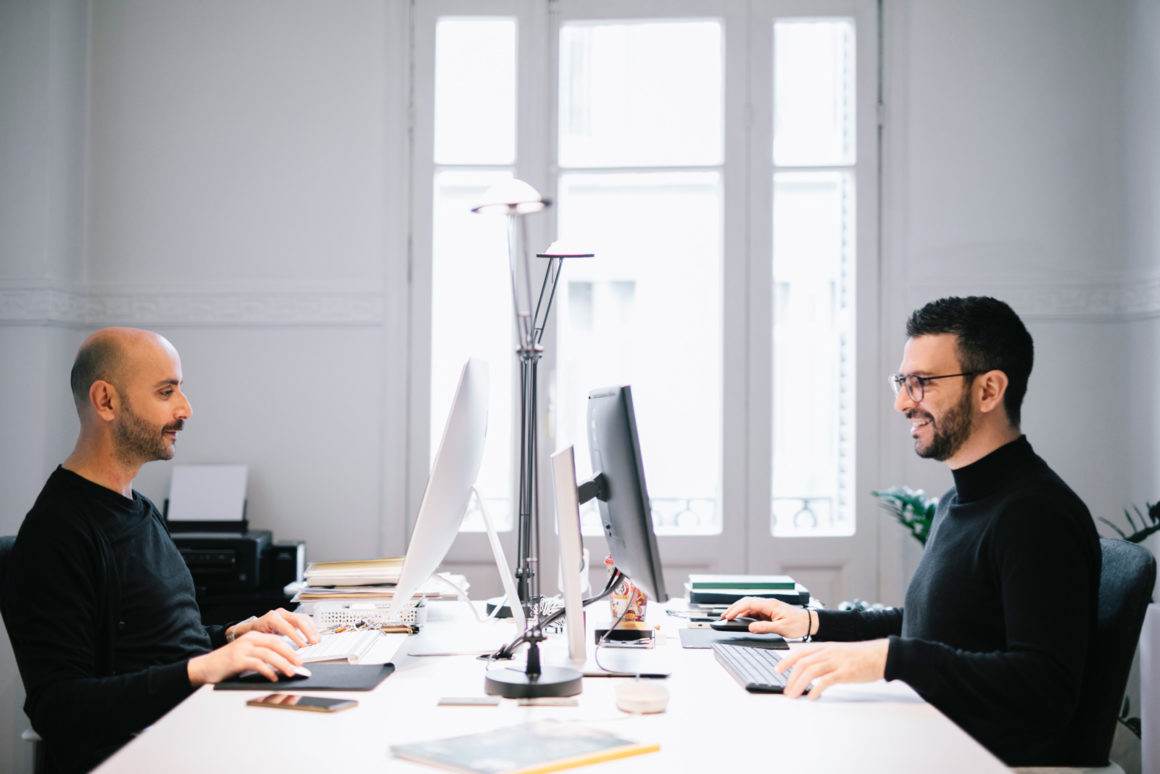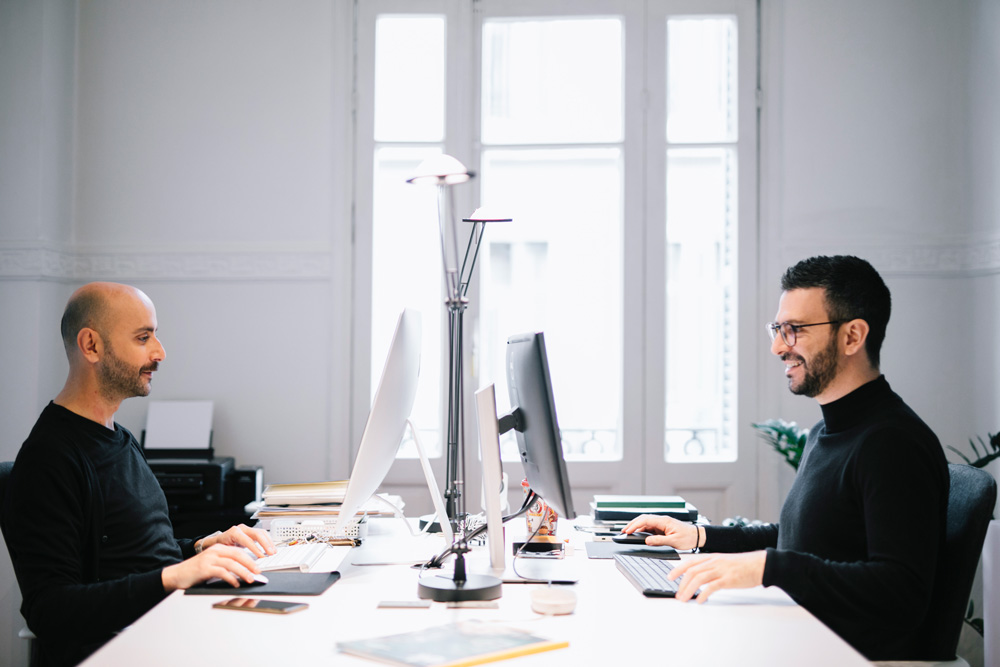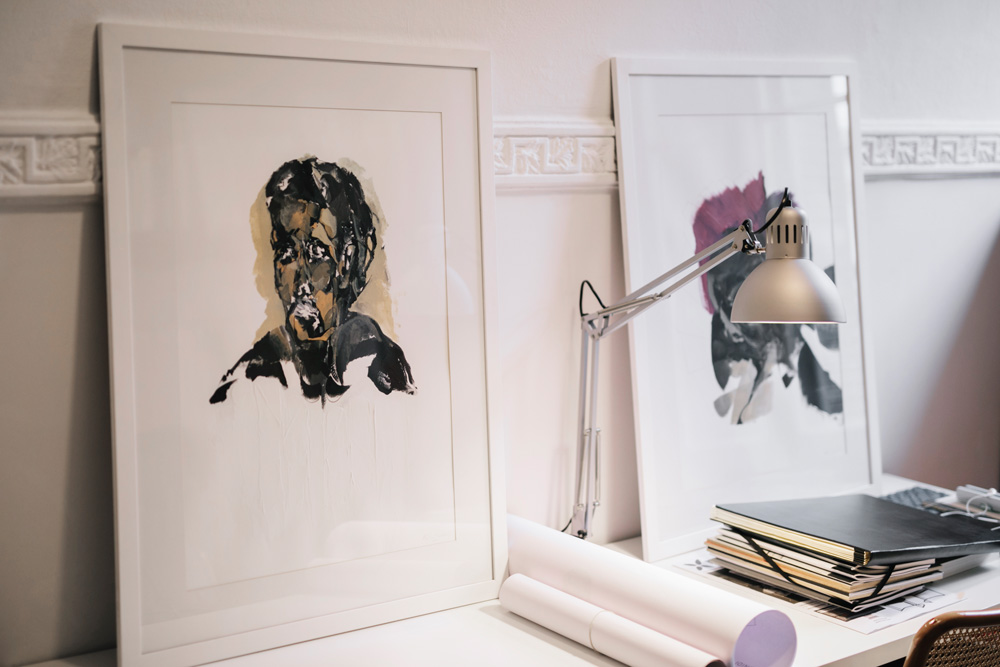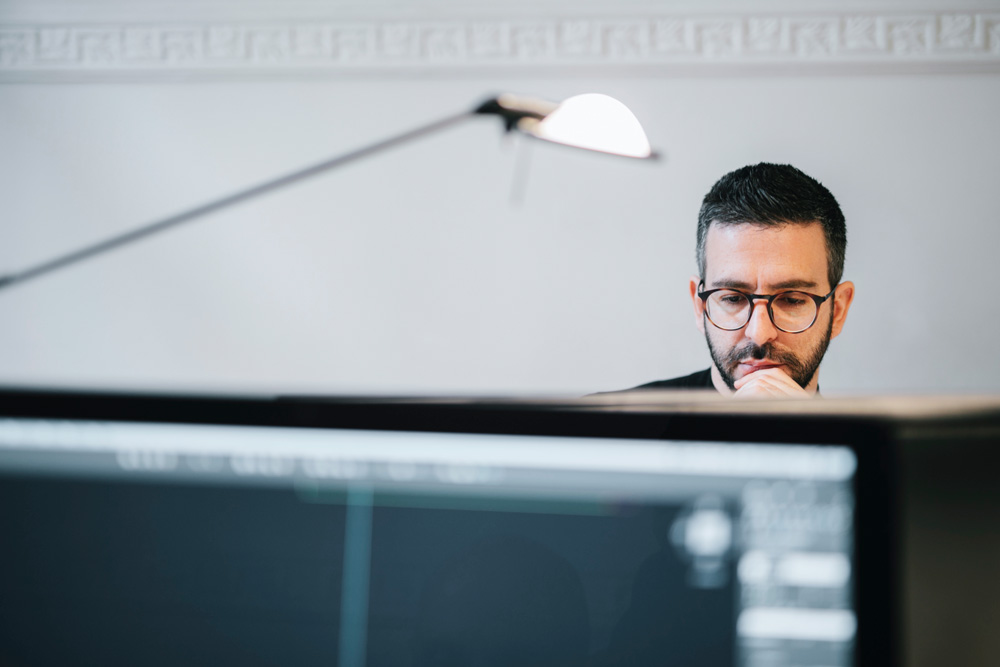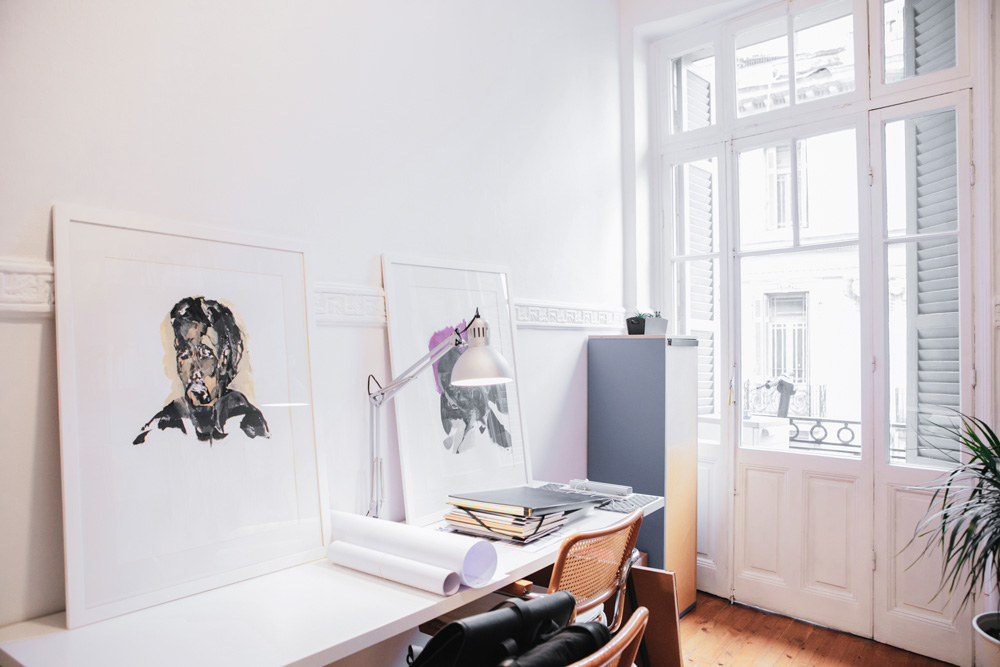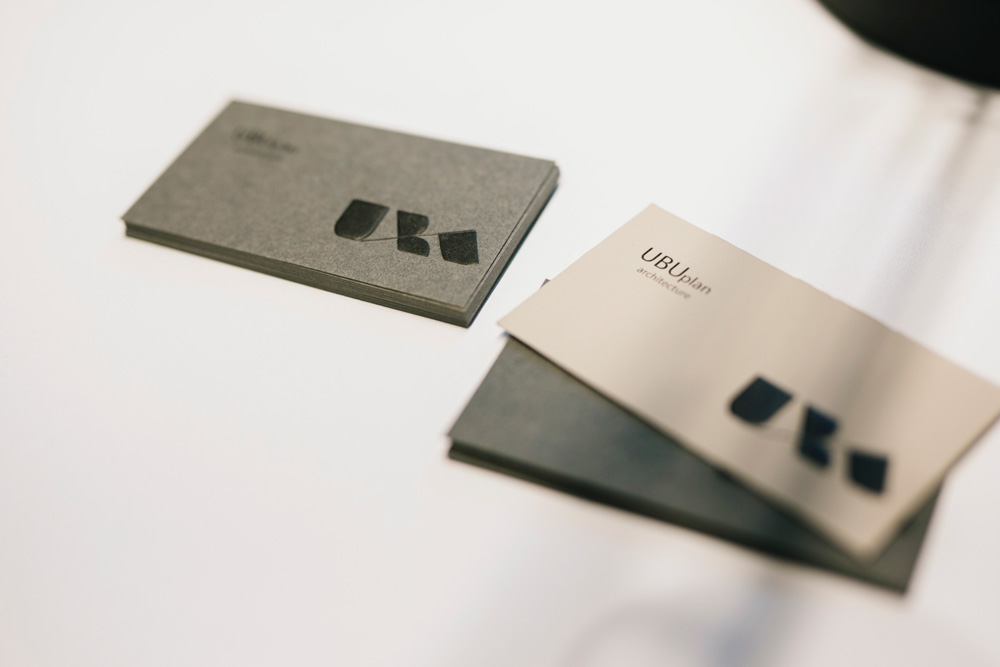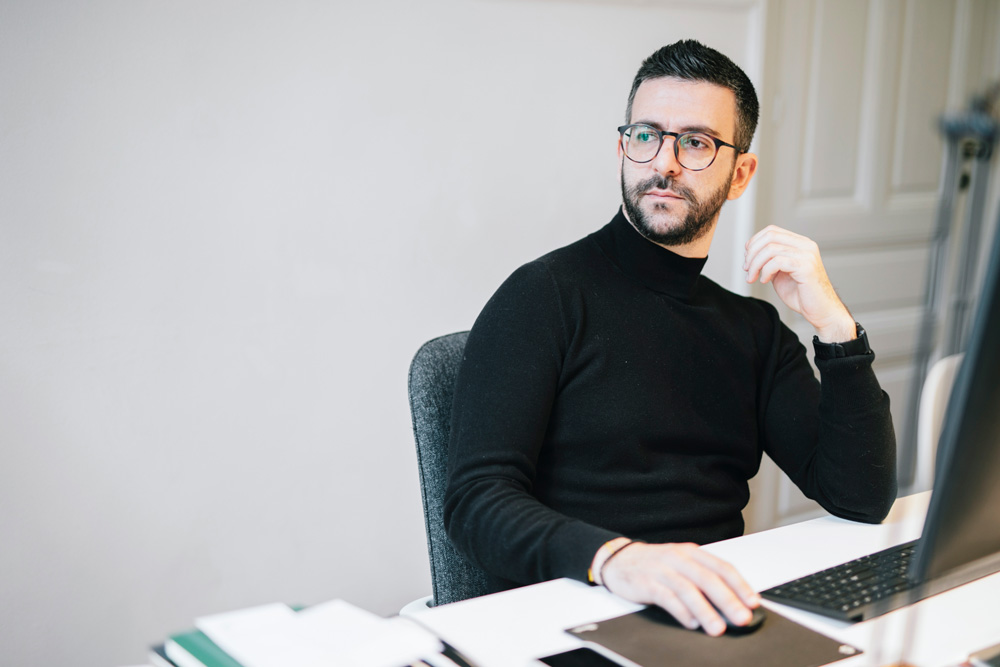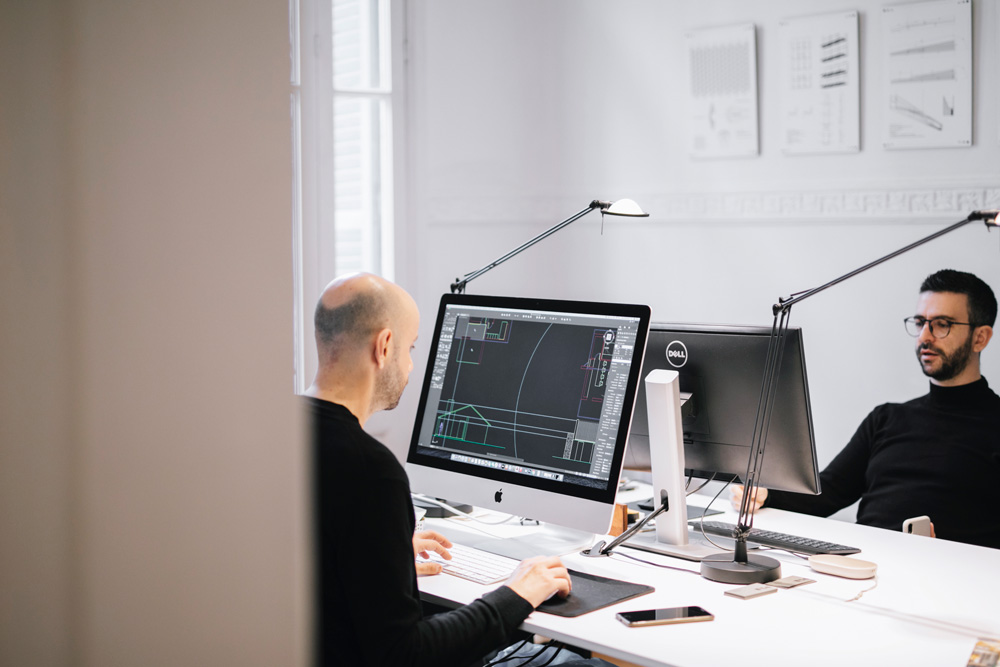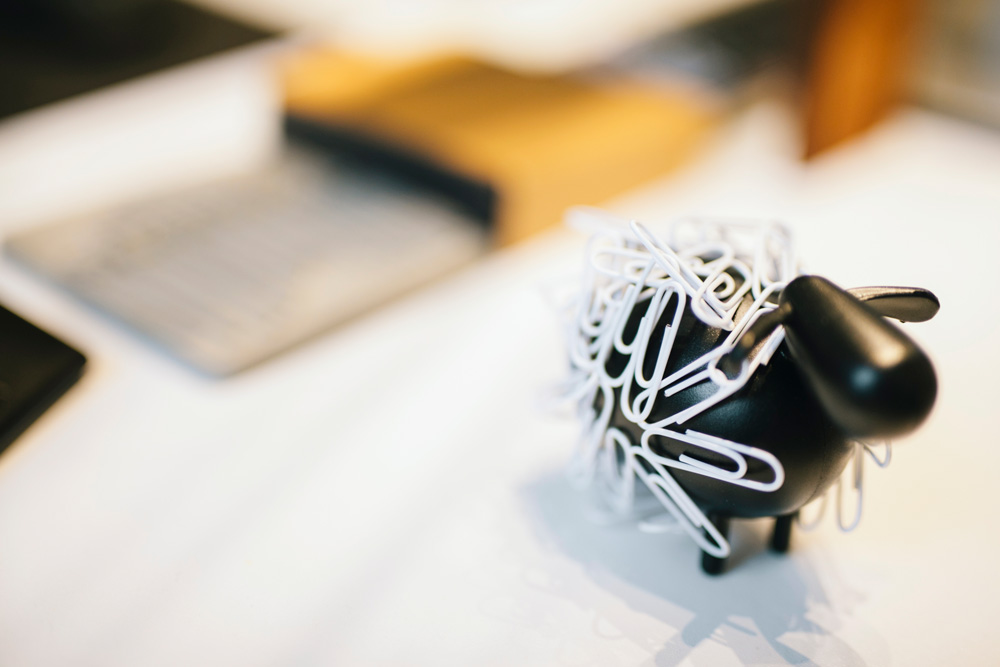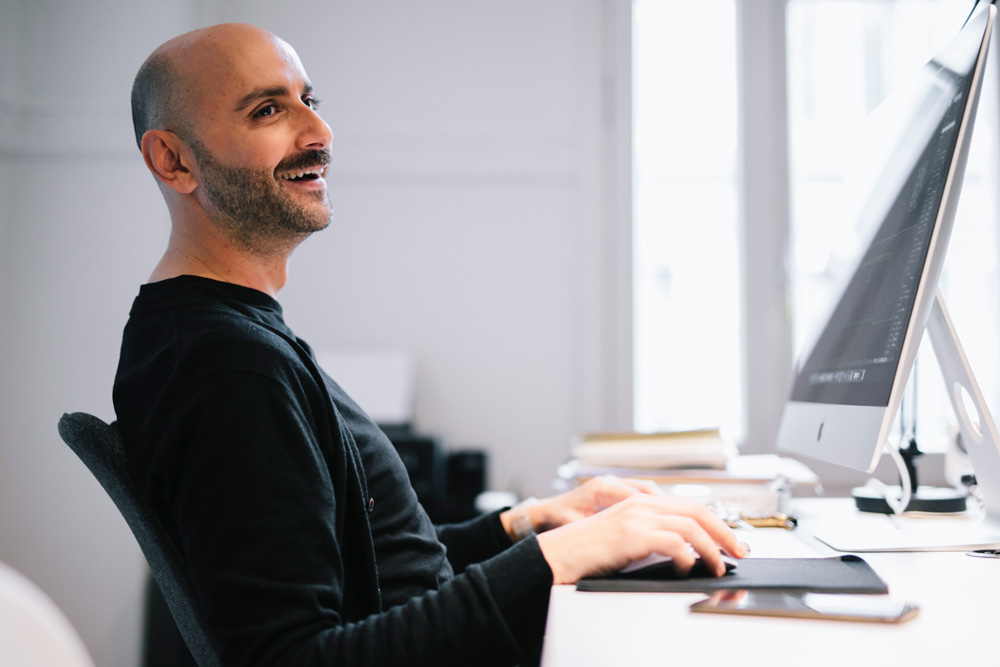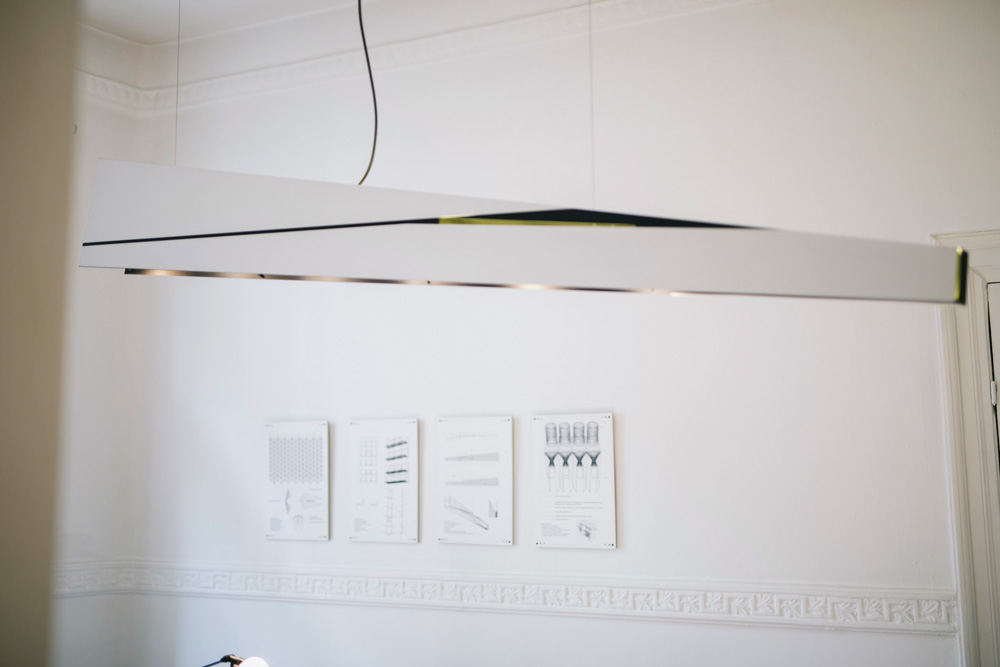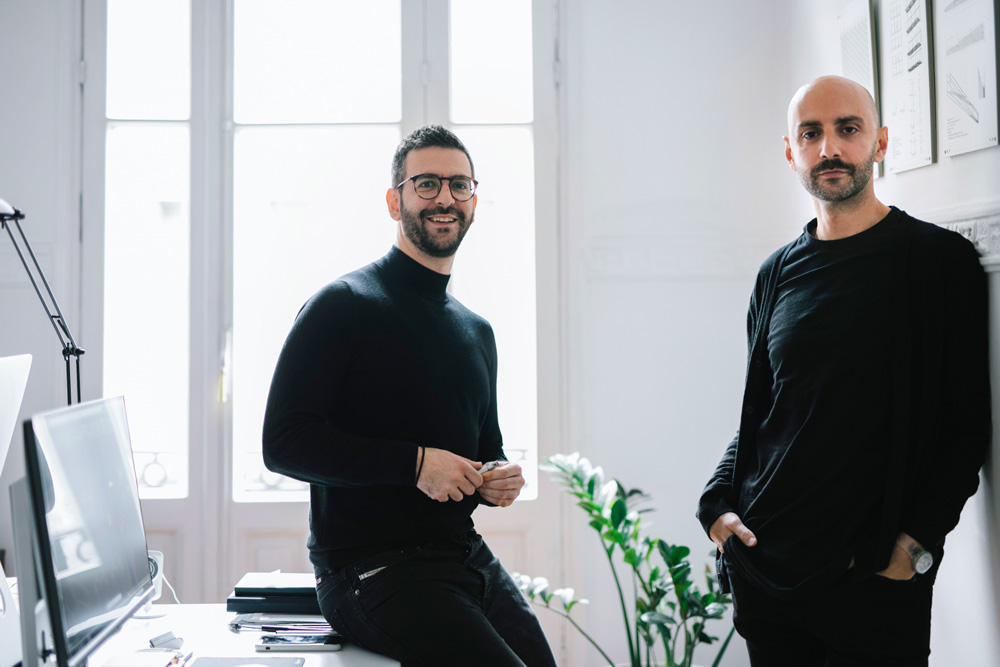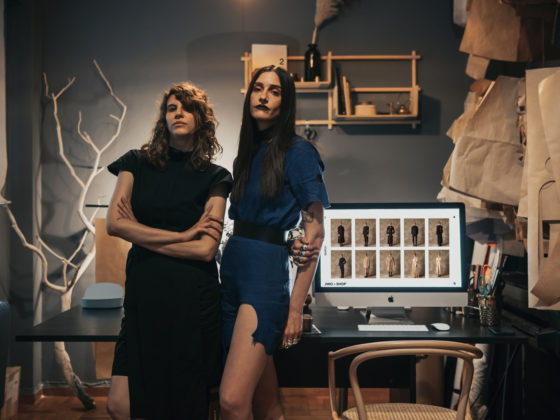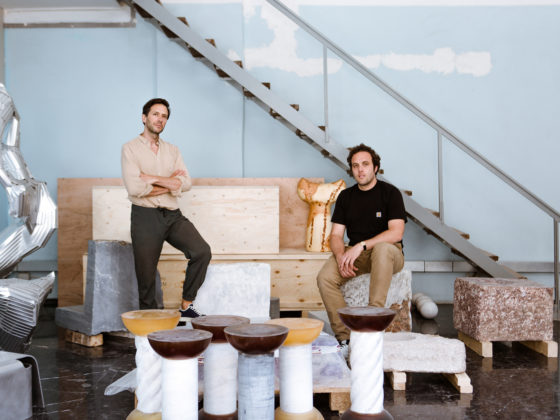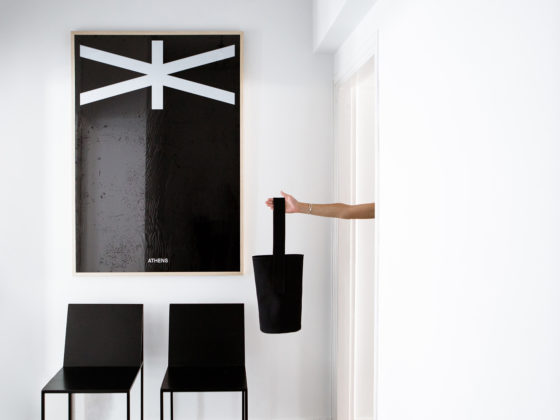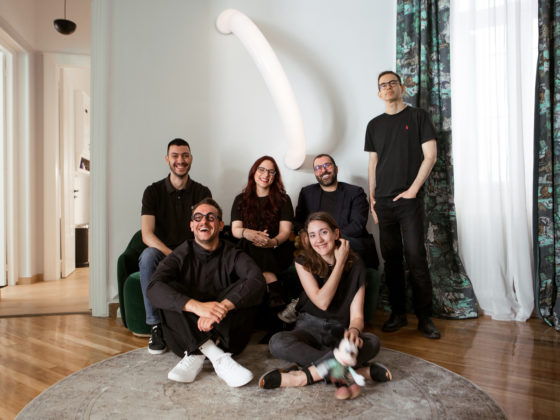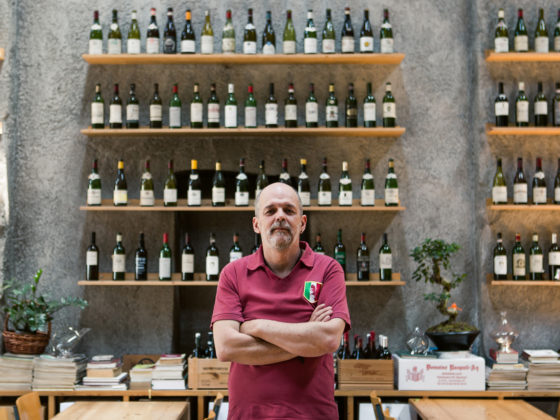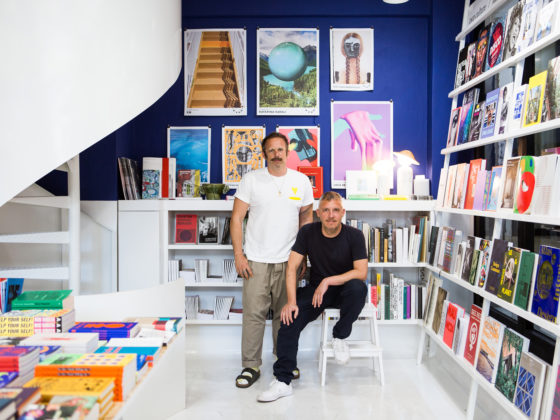Ubuplan is an architectural studio founded in Thessaloniki by Thanos Oikonomou and Ilias Venesis in 2014.
How and why did you start this architecture office?
The research we want to grow is buffering around manuals as compression and dispersal of impacts in way that form – generating is a projection set of stated factors. Our architectural proposal fronts urban and landscape degradation as well as fragmented spaces in a way of restoring its potentials. These interests scope an architectural analysis as guideline for further planning and design in a way that this indispensable procedure not only relief but further generate individual spaces.
What are your personal challenges and inspirations?
An architect requires a thoughtful eye. Sophisticated design decisions are usually taken to create a contemporary way of living and embrace at the same time some complexity through the every day life. Everyday challenges are an opportunity for inspiration.
Architecture is about ideas. Location, human behaviour, experiences, memory and human needs are some of our common sources of new ideas.
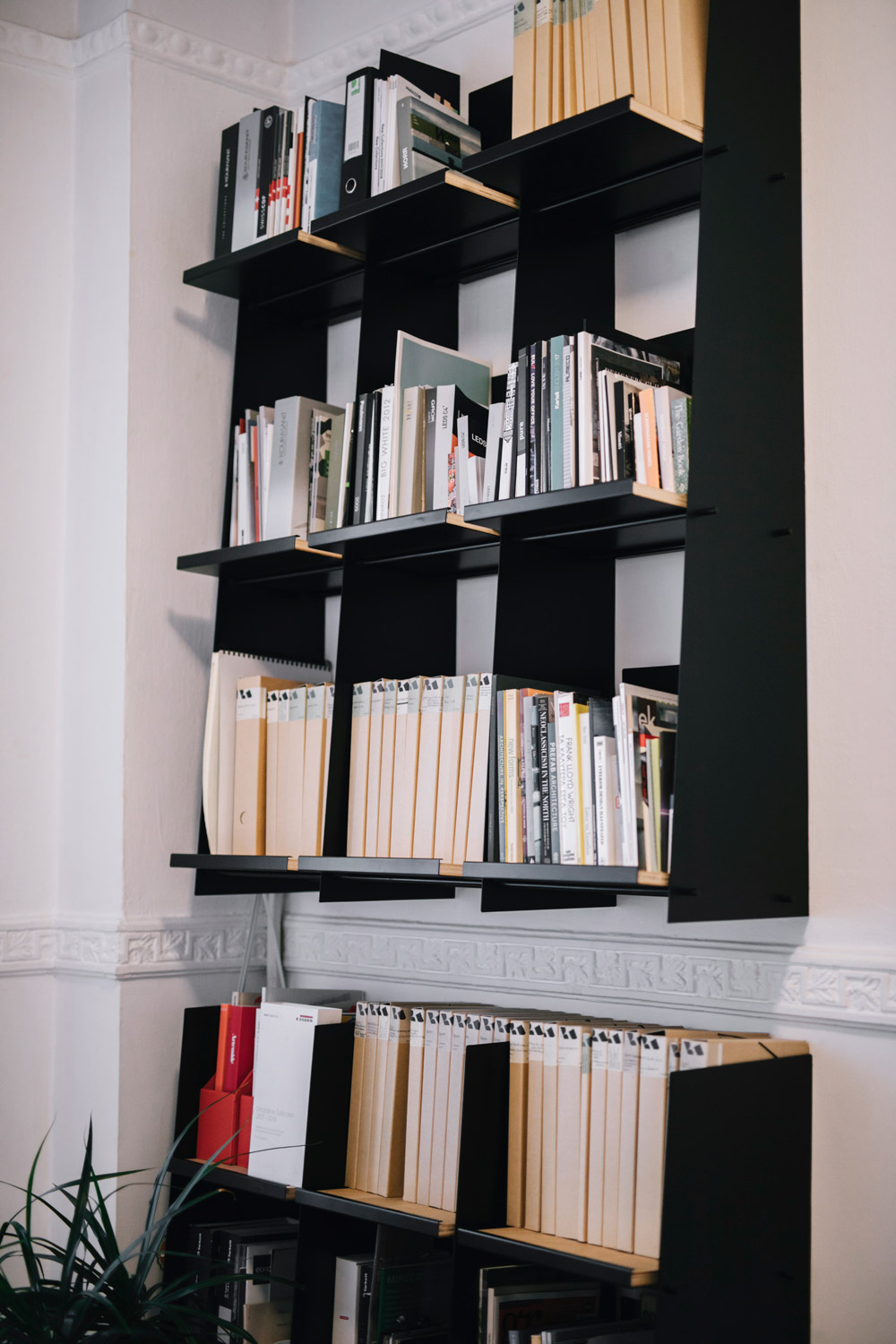
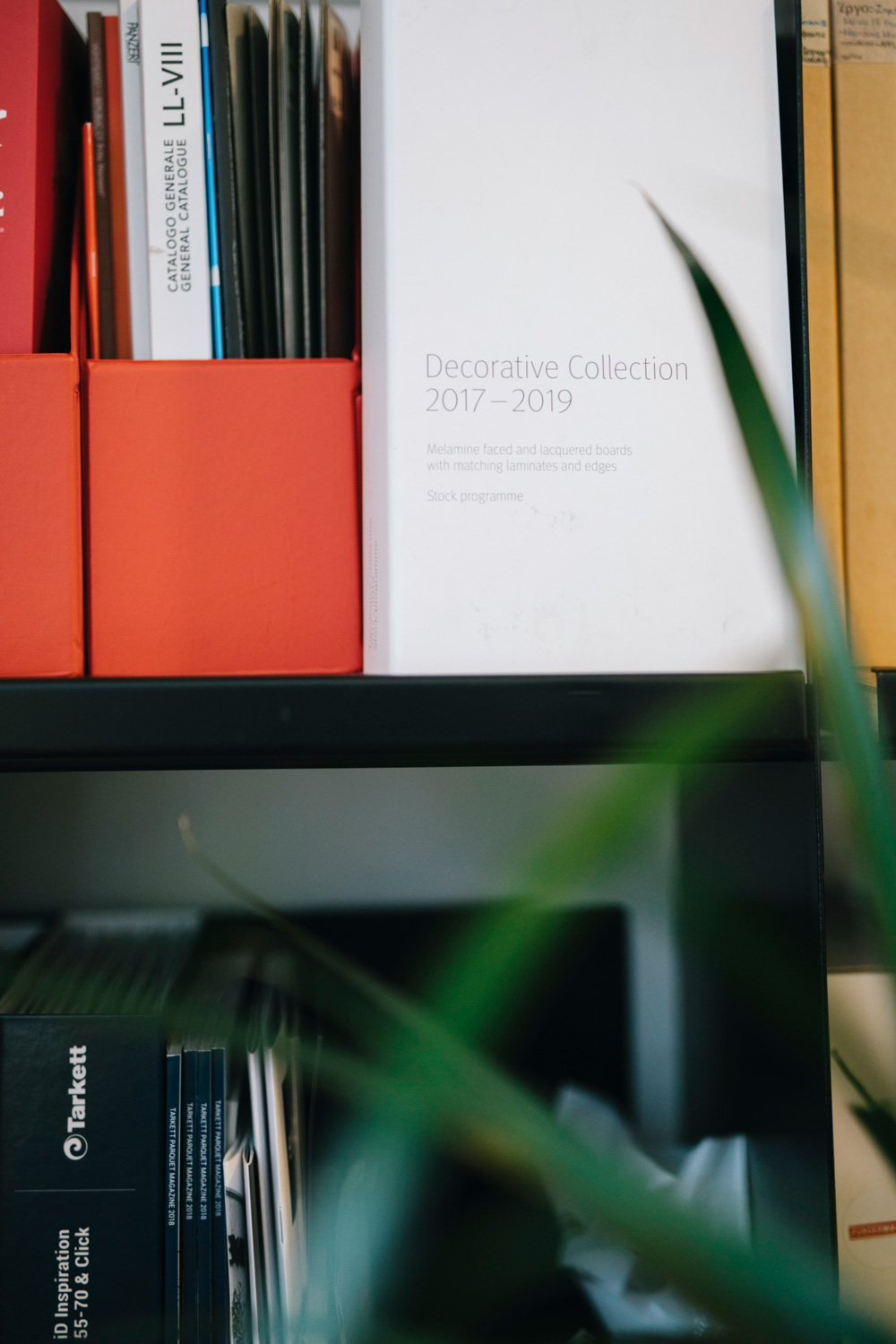
What’s the history of this space and why did you choose it? How many hours do you spend in here?
Achilleio Megaro was designed by French architect Maximilian (Max) Rubens in 1923 as an office building for the Jews merchant Avraam Maisa. It is an excellent example of eclecticism architecture of Thessaloniki and one of the few that kept the original use until our days. It is a listed building since 1983. The most of the typological and morphological elements and features of the exterior (façade) and the interior of the building are the same as the original design with some exceptions (small changes and additions) which have happened in 1945 after the second world war. The location, the singularity and the qualities of the building were the reasons to move here in 2014 and be part of its history.
We usually spend 8 to 10 hours every day at the office.
How do you lead yourselves from concept to design?
From an abstract idea to a completed project we have to go through research and analysis where we review all the data like site information and any other programmatic information relevant to the project.
There is no “right” way to design.
We don’t fixate on one specific idea but rather allow ourselves to generate multiple concepts, iterate and blend ideas. We learn what is working and what is not as we review each scheme and evaluate its potential.
Do you draw by hand or only digitally?
We use both ways of drawing. Hand and digital drawing can perfectly coexist. Usually sketching is an ideal tool for forming ideas and design software is more suited to the precision and clarity that is required at the later stages of a project.
How does the design & qualities of a space affect our everyday mood?
The impact architecture has on a person’s mood is huge. Arguably these are the fundamentals of architecture: not how it looks, but how we feel it, through the way it allows us to act, behave, think and reflect.
Does a building have its own personality? And if we talk about an old one, in what extent can you actually “rewrite” its story?
Of course. Personality is important because this is what engages your occupants, and ultimately helps to form their experience within a place. Without personality a building would feel like a void. When conserving a historic or listed building some of the questions arising are: How much of the old part should be conserved? How far should the renovation either imitate or diverse from the original design? What sort of new technologies and materials are compatible with old structures and finishes? How important is the preservation of the original use? Which uses are desirable for historic buildings?
The answers to these questions are not simple and are not always the same. It is obvious that all of the relevant factors have to be investigated in detail before action is implemented. The specific individual value of each building and its tangible architectural components as well as the urban tissue of its location should be considered and assessed thoroughly before attempting any intervention. All of the interventions should be faced in a multidisciplinary way and be preceded by a full analysis of the form and structure. The new elements added should respect the authentic values and the fabric of the original buildings, with the use of suitable compatible materials.
Why Thessaloniki?
Thessaloniki is a city with historic layers of architecture and an important background of social and cultural anthropology. The scale of the city gives the opportunity for a quality everyday life and a chance for creativity and experimental process to a community that needs to change the perspective of living in a city.
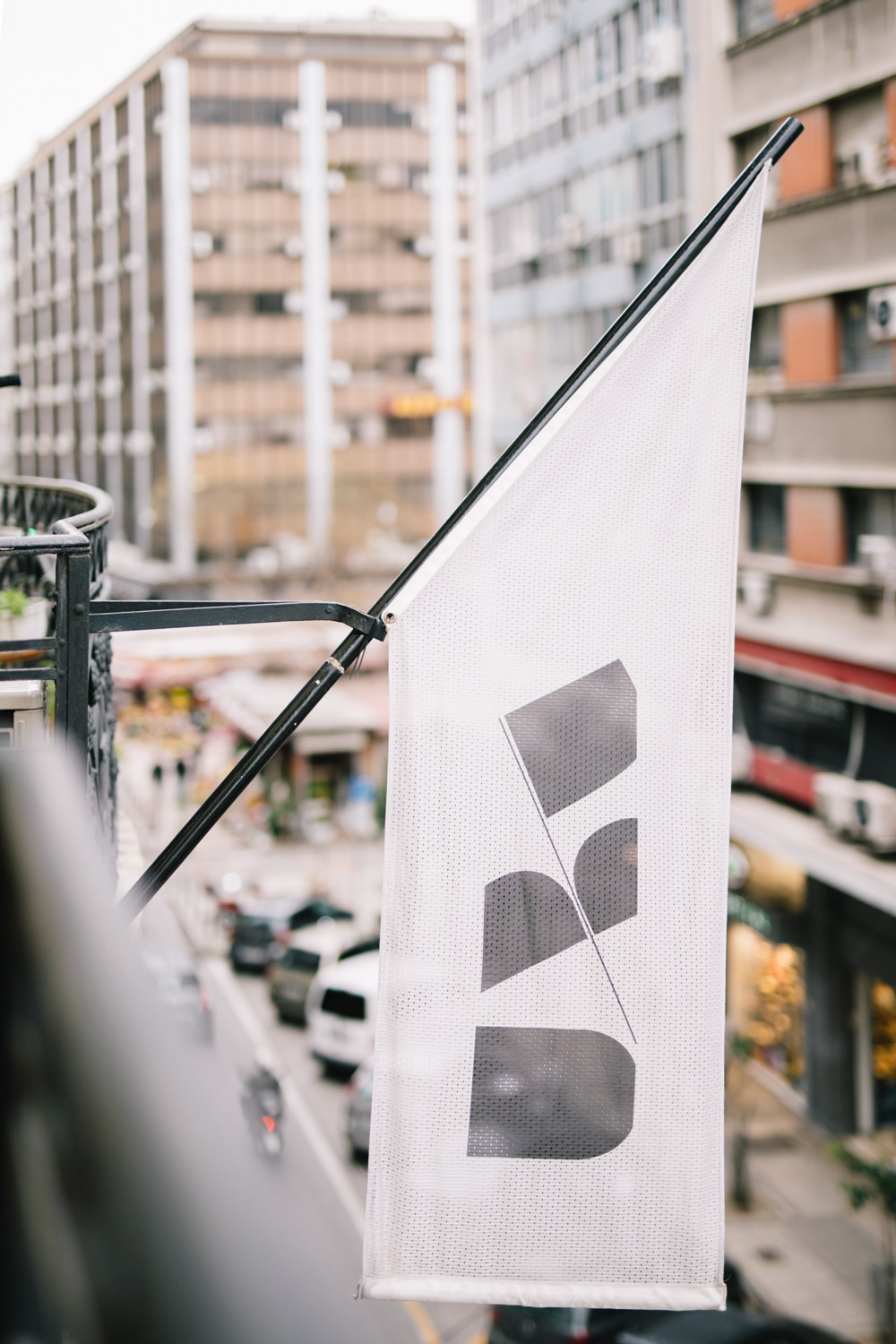
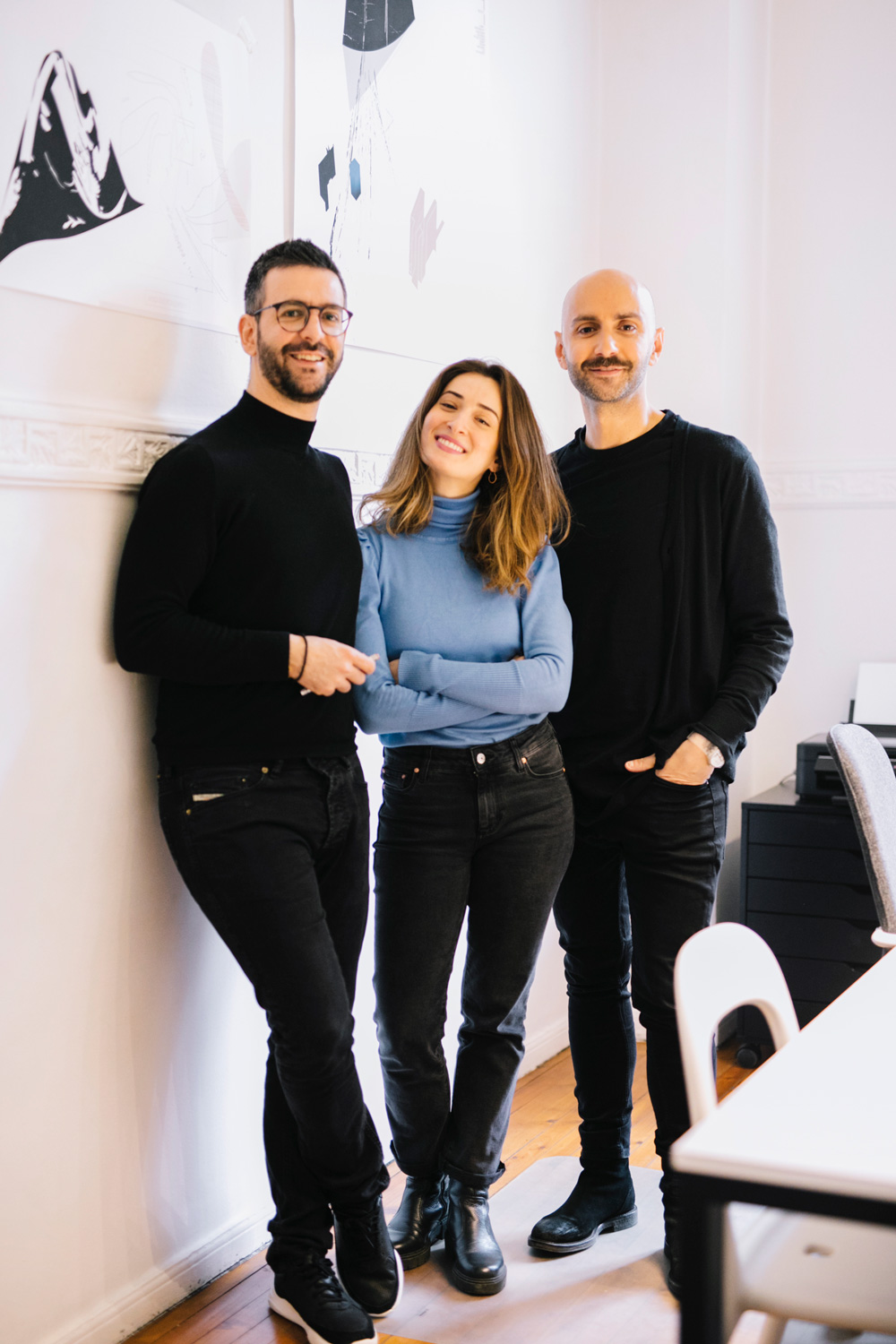
Give us the top 3 tips for inspiring young architects.
Research, don’t be ordinary / be different, draw (draw & draw).
